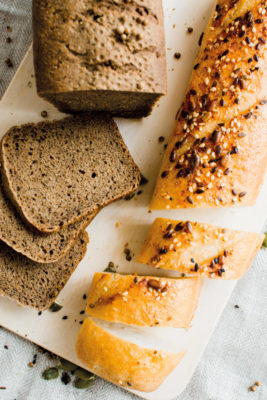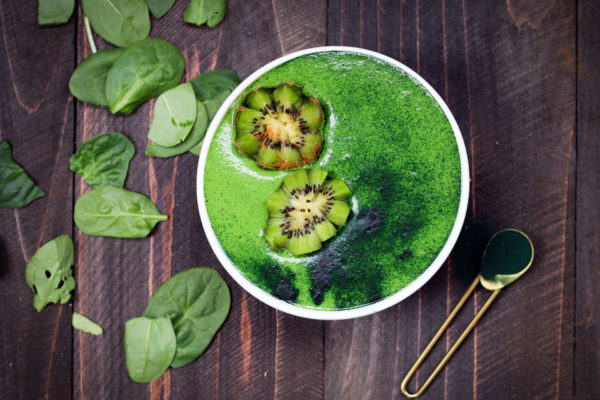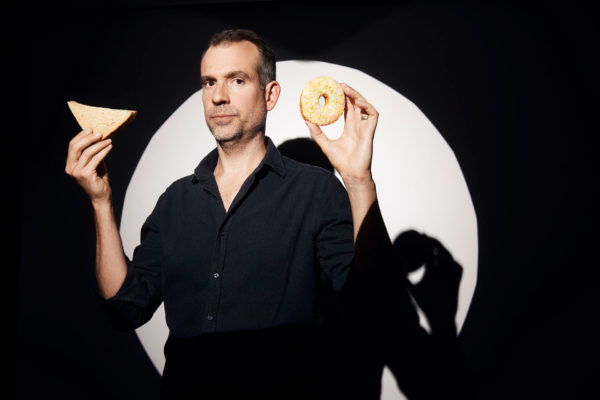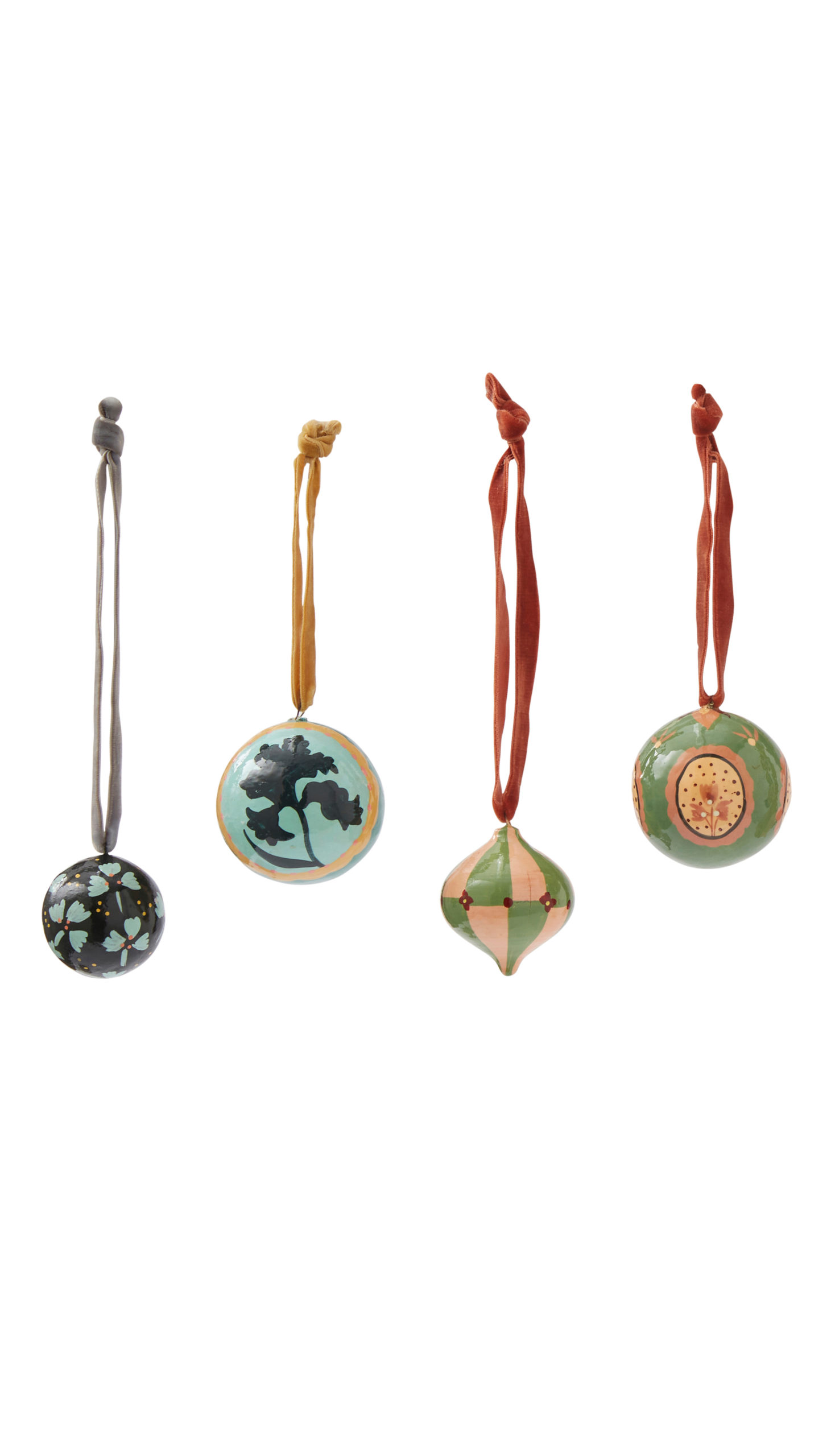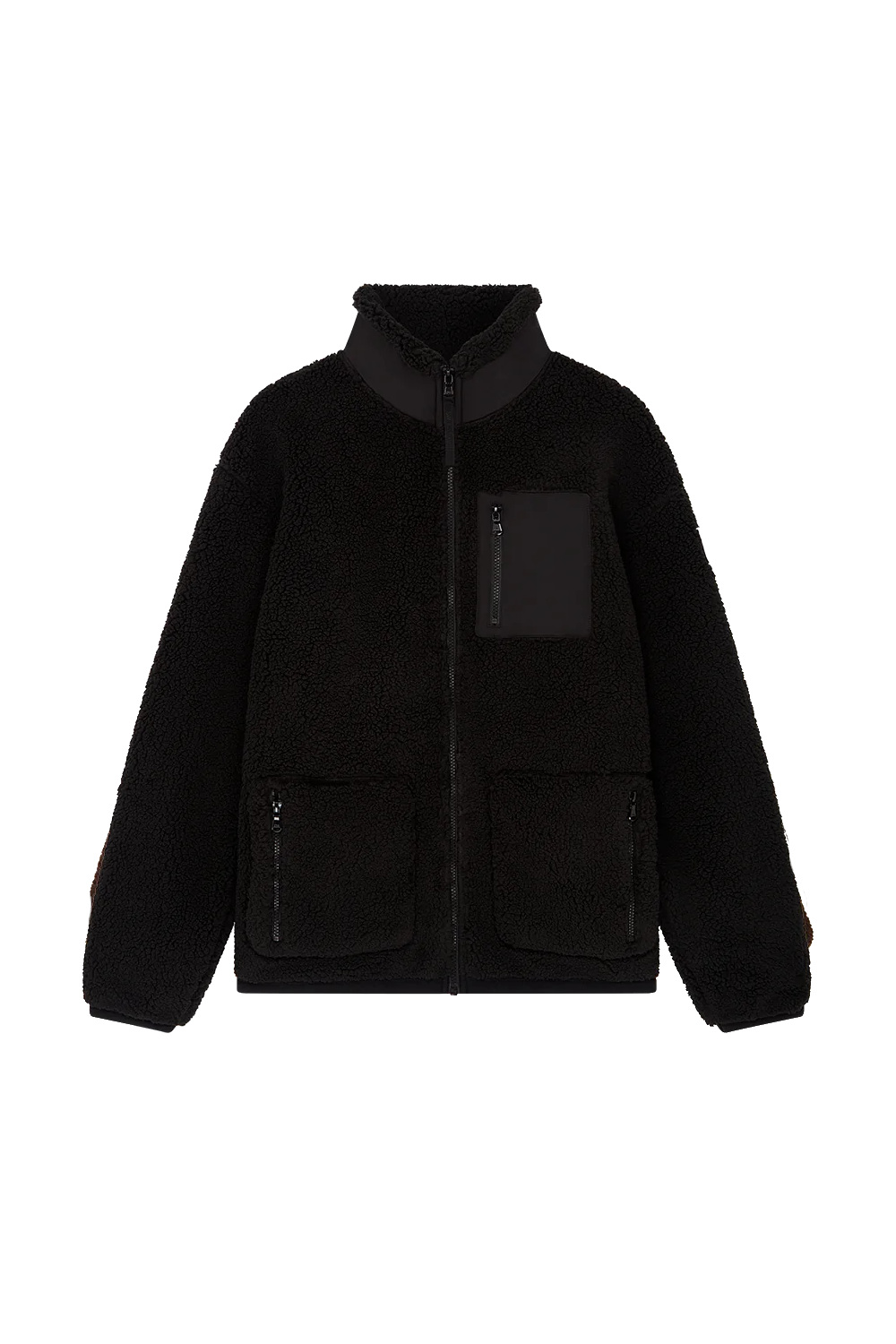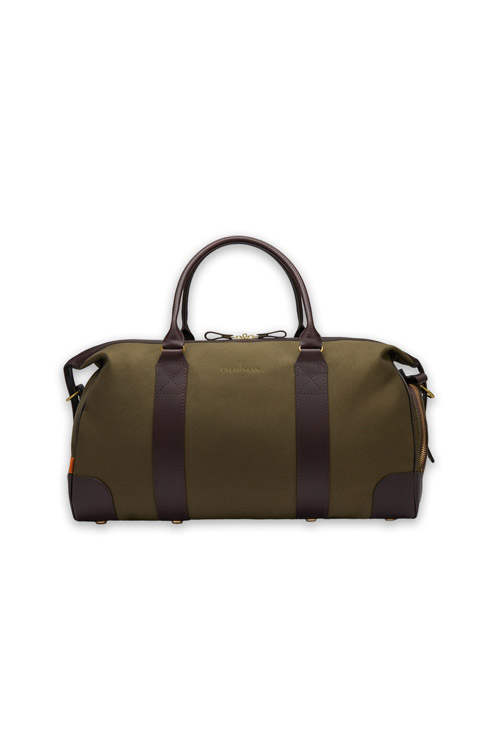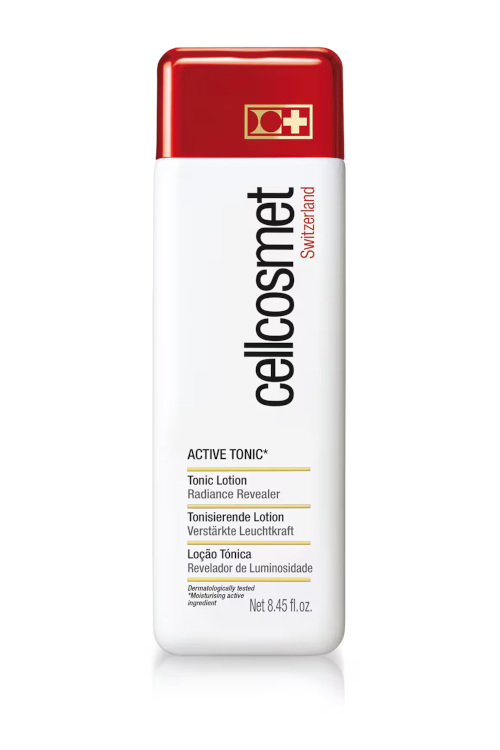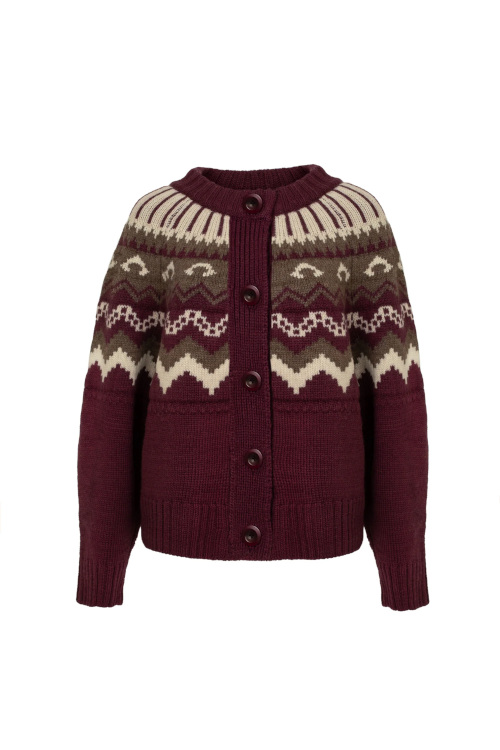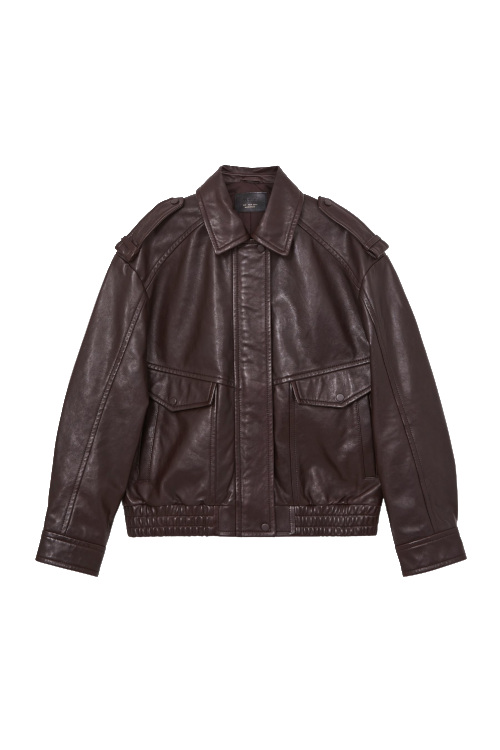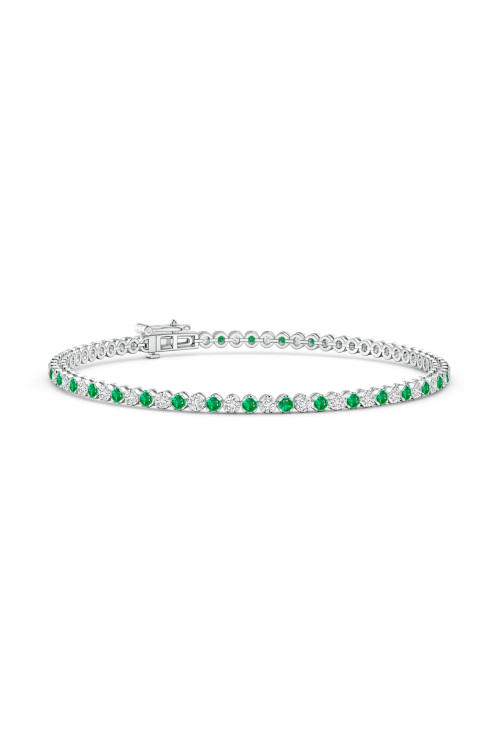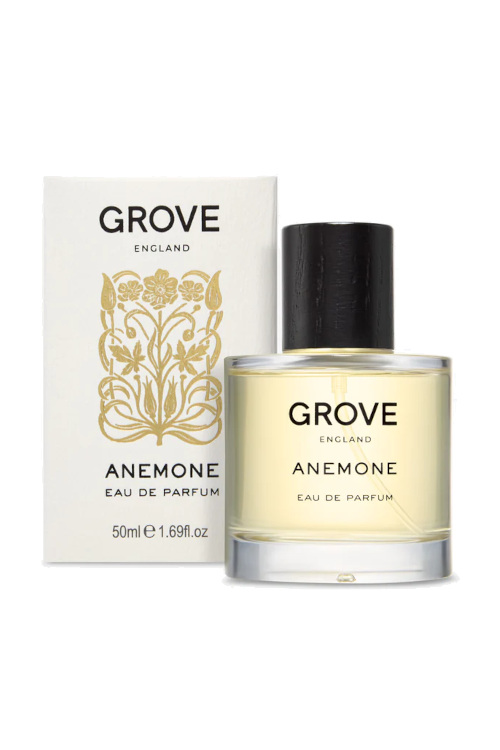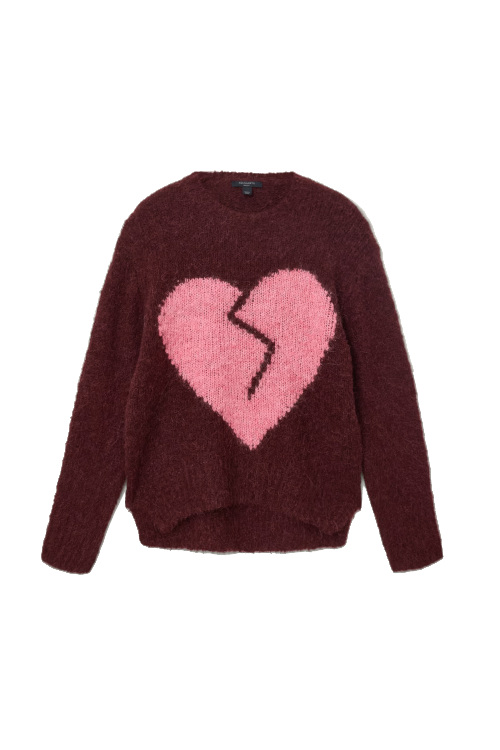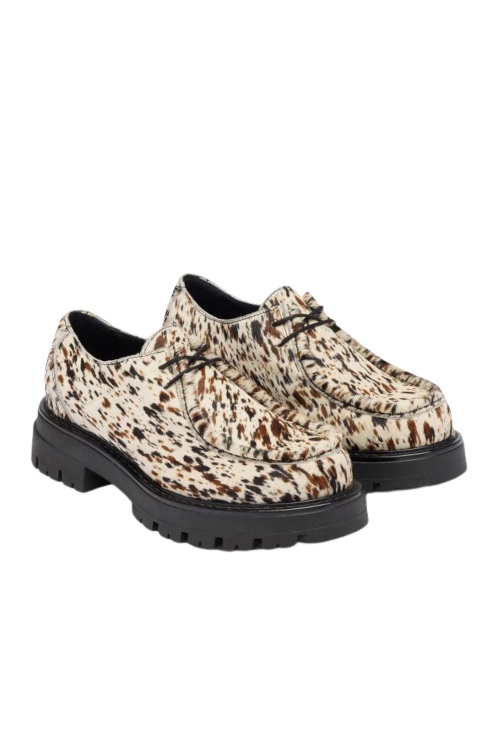Dr Federica Amati: ‘The Idea Is Solid But Joe Wicks’ Protein Bar Stunt Misses The Mark’
By
2 months ago
Here's what ZOE's head nutritionist thinks about the controversial Channel 4 documentary
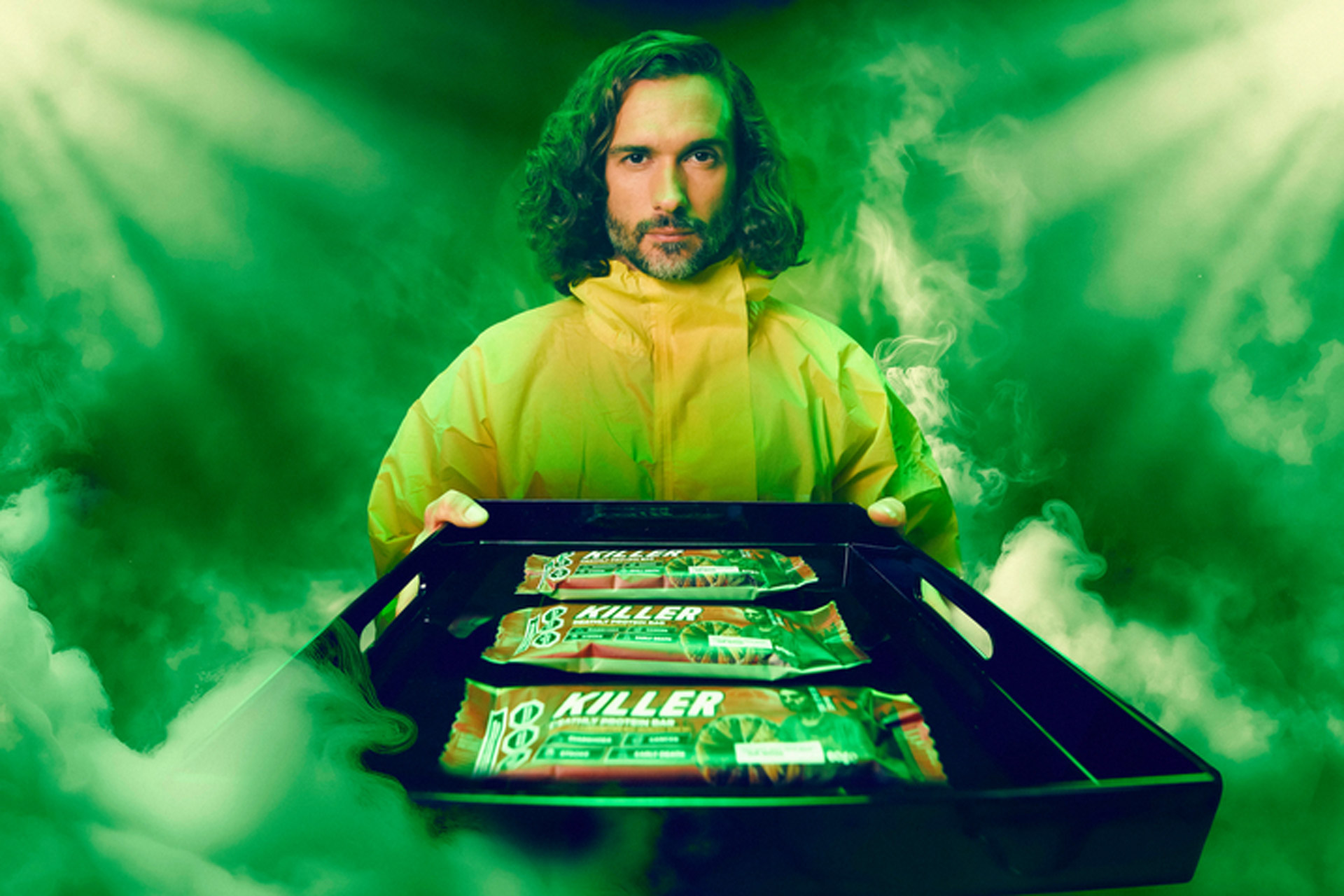
Everyone is talking about Joe Wicks’ latest Channel 4 documentary, which sees the fitness guru creating a protein bar packed with additives in a bid to highlight issues surrounding ultra-processed food. The intention and message is clearly positive: the dangerous impact of over-consuming UPFs has been widely documented. Yet the response has been divided, with some arguing there’s more nuance needed, and pointing out the stunt may end up causing more confusion. So what does a nutritionist think? ZOE’s Dr Federica Amati shares her take below.
Joe Wicks’ Killer Protein Bar: A Nutritionist’s Take
Joe Wicks, one of British television’s national treasures, and Professor. Chris Van Tulleken, a tropical medicine doctor who campaigns for various public health issues and has a successful media presence, has teamed up with Channel 4 to launch a documentary series all about the risks of ultra-processed foods (UPFs).
This will come as no surprise for Chris’s fans and those who have read his hugely popular book, Ultra Processed People, but may come as more of a surprise coming from Joe, especially when the marketing vehicle they have chosen is a protein bar. Famously, Joe was the face of a popular protein brand and he shares easy high-protein recipes to his followers – so the concept of the Killer bar is a bit confusing.
UPFs are a category of foods that fall under the NOVA classification, a scale designed by renowned epidemiologist Carlos Monteiro, which over the past 15 years has helped us understand the changing landscape of food. It measures the level of industrial processing a food has undergone, and researchers have adopted it to learn more about how these ‘ultra-processed’ foods affect health outcomes. The majority of our understanding of these foods comes from large association studies, which all conclude that people who eat the highest amount of UPFs tend to have worse health outcomes across the board from depression to obesity, than those who eat the lowest amount.
View this post on Instagram
Crucially, however, there are only a handful of trials that can demonstrate causation over association between these UPFs and any health outcomes. Some of the larger association studies, on the other hand, find that certain UPFs may be beneficial, particularly when examining the risk of heart disease and diabetes. So, the UPF conversation has come to a bit of a standstill; UPF, as a category, encompasses an enormous range of foods, from Weetabix, plant-based milks, and high-fibre cheese crackers to tropical-flavoured sodas and caramel swirly chocolate brownie ice cream. Clearly, not all UPFs are the same nor are they all bad for us, so how can we legislate against them and how can a regular supermarket shopper easily distinguish which processed packaged foods are a problem and which actually aren’t?
What most policymakers agree on is that foods high in saturated fat, salt, and sugar (HFSS) are detrimental when consumed excessively, so there is growing attention on the overlap between UPF and HFSS. What we’ve found at ZOE is that this framework doesn’t account for modern food manufacturing – but more on this later. We can all agree that helping people eat more whole foods is the key. A lot of policy change needs to happen to support this – from helping farmers to grow more fresh produce to sell to the British public at a more affordable price than a ready meal and some highly processed confectionery, to actually arming people with the skills needed to prepare nutritious and delicious foods at home, a life skill everybody should be entitled to.
The Killer bar is a symbol of what is wrong with our food system: convenient foods made in large factories that have dozens of health claims on the front of the pack compete for our hard-earned cash with humble fruit and veg, lentils and nuts, which have no flashy front of pack claims to grab our attention.
The bar boasts 19g of protein, is mainly made up of a protein isolate, some poor-quality chocolate and a fairly common blend of emulsifiers and sweeteners. It tastes gross and sticky. I got to try one at the launch event, which any protein bar manufacturer would have likely tried to improve at least a bit on taste and texture. It has been designed to contain as many additives as possible – and this is where social media nutrition professionals have come unstuck.
Demonising fortification of the bar with multi-vitamins to make front-of-pack claims and make the ingredients list unbelievably long is likely one over-engineered point too far. Plus, neither UPF nor HFSS classifications differentiate between likely harmful additives and those that are not a problem (like vitamin C and B vitamins for example).
The clever thing about the bar is that it illustrates how we could use warning labels on packs to help people make more informed decisions when purchasing their snacks: warnings such as ‘high in sugar’, ‘high in saturated fat’ and ‘high in salt’, highlighting the processed foods which carry well-known health risks through the HFSS framework. These warning labels are already used in the food systems of countries like Chile, Mexico, Peru and Brazil and have demonstrated a reduction in sales for foods that carry health warnings. Alongside the warning labels, the packaging is not allowed to feature any cartoons or designs that are likely to attract children and young people’s attention – and this is an important feature which the Killer bar has perhaps again over-engineered with a picture of death, destruction and a rather ill-looking Joe.
Chris and Joe are a perfect combination to bring the conversation to the forefront. I’m struck by just how genuine Joe is in his desire to help change things, to use his platform and his voice for good. And there’s no doubt that eating less highly processed food would be good for us as a whole, and that policymakers do need to get a move on with prioritising public health over food industry profit. Chris has been working on this for years, and he is genuinely committed to improving the food environment in the UK. He is also sure that all negative sentiment must come from food industry-funded soapboxers, and to some extent, they are definitely coming out quickly to judge and condemn. I think the idea is solid; the execution was just a bit off-mark.
Here’s What I Would Have Done As A Nutritionist
I can’t help but think that they could have done a better job if they had collaborated with public health nutrition professionals to create a product that more effectively conveys the problem at hand. I am biased, of course, but had this been my assignment, I would have opted to make an energy drink, plastered with health claims on the front of the pack and plenty of evidence to show it is harmful. Or a processed red meat snack – that genuinely could have had a ‘could cause cancer’ sticker on the front of the pack, and be backed by evidence to support it.
I would have also opted to add genuinely concerning additives, not just as many additives as we could possibly chuck at it. Because we know that certain additives are worse than others, and that the cocktail effect is detrimental, but a quick scan with my ZOE app tells me that 19 out of the 90-odd in the Killer bar are not actually of any concern. So why not stop there instead of adding more and more? There are also concerns about food waste, sustainability and where the profits of the bar are going, because it is genuinely being sold online, despite being condemned by its creators, which is also a bit confusing.
As it stands, the Killer bar is drawing attention to an existing problem and showcasing a solution. Still, I think it’s been drowned out by the accompanying sensationalist labels about cancer, death and stroke, which are not actually present in the food labelling landscape and wouldn’t be a viable, evidence-based presence on this bar.
I haven’t watched the whole series so I don’t know what the result will be on the viewers but I have some concerns around food anxiety and potentially harmful effects for those who suffer with orthorexia.
This entire conundrum is exactly why we at ZOE have created the Processed Food Risk Scale – to understand instantly whether a processed food is likely to have a negative effect on your health without needing to unpack or unpick front and back of pack labels.
Critically, the ZOE processed food risk scale takes into consideration food matrix, additives and energy intake rate, all of which are causal in impacting health outcomes. And only about 20 percent of foods fall in the high-risk category, meaning we don’t need to fear the entire bread aisle. This new tool is being validated against all the major cardiometabolic and gut health metrics and compared with NOVA, with great success. It’s a tool that policy makers and food manufacturers can actually use to improve processed food legislation and formulation, which is hugely exciting.
I’ve scanned the Killer bar with ZOE, it is a high-risk bar. No surprises there. But the food score is 40, which means that in terms of nutrition profile, it’s not that bad, certainly not as bad as processed red meat or a flavoured soda. Suppose you want instant, evidence-based, independent insights on whether the food you want to buy is high risk or not. In that case, I recommend trying the new ZOE app and taking the Channel 4 show airing tonight for what it is – a TV show and a great piece of media to try and move the conversation on processed foods forward. You’ve got to admit that Joe and Chris both have the power to make this mainstream. We can work out the details once the heat is on to make a change.
Joe Wicks: Licensed to Kill airs on Channel 4 at 8pm on 6 October




